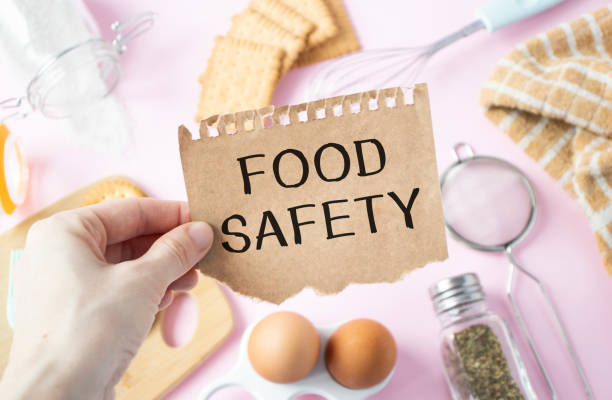Street food is one of the best ways to experience local culture and flavors when traveling. However, it’s essential to prioritize safety to ensure your culinary adventures don’t come with unwanted side effects. Here are some guidelines for enjoying street food safely, along with tips on what to look for and what to avoid.
1. Choose Busy Stalls
What to Look For
- High Foot Traffic: A busy stall often indicates that the food is fresh and popular among locals. This typically means quicker turnover, reducing the risk of food sitting out too long.
- Local Favorites: Ask locals for recommendations on the best street food spots. Their insights can lead you to the safest and tastiest options.
What to Avoid
- Empty Stalls: If a vendor is alone with no customers, it could indicate that the food isn’t popular or fresh.
2. Inspect the Food Preparation
What to Look For
- Hygienic Practices: Watch how the vendor handles food. Look for gloves, clean utensils, and general cleanliness in the cooking area.
- Cooking Methods: Opt for food that is cooked in front of you. High temperatures kill bacteria, so grilled, fried, or boiled items are generally safer.
What to Avoid
- Raw or Undercooked Items: Be cautious with foods that are raw or only lightly cooked, such as salads or sushi, unless you can confirm their freshness and hygiene.
3. Choose Fresh Ingredients
What to Look For
- Visible Freshness: Select items that look freshly prepared, not those that have been sitting out for a while.
- Seasonal Produce: Vendors who use local, seasonal ingredients are more likely to serve fresh food.
What to Avoid
- Food That Looks Old: Avoid items that appear discolored, dried out, or have an off smell, as these can be signs of spoilage.
4. Be Cautious with Condiments
What to Look For
- Packaged Sauces: If possible, opt for sauces and condiments that are pre-packaged to minimize the risk of contamination.
- Freshly Made: If you prefer fresh condiments, ensure they are prepared in a clean environment.
What to Avoid
- Uncovered Condiment Stations: Avoid condiments that are left uncovered or out in the open, as they can be susceptible to contaminants.
5. Stay Hydrated and Choose Beverages Wisely
What to Look For
- Bottled Drinks: When selecting beverages, opt for sealed, bottled drinks to avoid water contamination.
- Boiled or Cooked Options: Hot beverages like tea or coffee are generally safer since boiling kills bacteria.
What to Avoid
- Tap Water: Avoid drinking tap water or ice made from tap water unless you know it’s safe. Stick to bottled or filtered water.
6. Listen to Your Body
What to Look For
- Moderation: Start with small portions, especially if you’re trying something new. This way, you can gauge how your body reacts before indulging further.
- Reactions: Pay attention to how you feel after eating. If something doesn’t sit well, it’s wise to avoid that vendor in the future.
What to Avoid
- Overindulging: Don’t try everything at once. This can overwhelm your system and make it hard to identify what may have caused any discomfort.
7. Research Local Food Safety Standards
What to Look For
- Health Ratings: In some countries, food vendors may display health inspection ratings. Look for those with higher ratings.
- Local Guidelines: Familiarize yourself with local food safety practices and common foodborne illnesses in the region.
What to Avoid
- Ignoring Local Practices: Dismissing cultural food practices can lead to unnecessary risks. Understand local norms regarding food handling and hygiene.
8. Trust Your Instincts
What to Look For
- Gut Feelings: If a place feels off or unclean, trust your instincts and move on to a different vendor.
- Ask Questions: Don’t hesitate to ask vendors about their food sources and preparation methods. A knowledgeable vendor will appreciate your interest.
What to Avoid
- Ignoring Discomfort: If you feel uneasy about a stall, don’t feel pressured to eat there. It’s better to be safe than sorry.
____
Street food can be a highlight of your travel experience, offering authentic tastes and a chance to immerse yourself in local culture. By following these safety guidelines and being mindful of your choices, you can enjoy delicious street food while minimizing the risk of foodborne illnesses. Bon appétit and safe travels!


